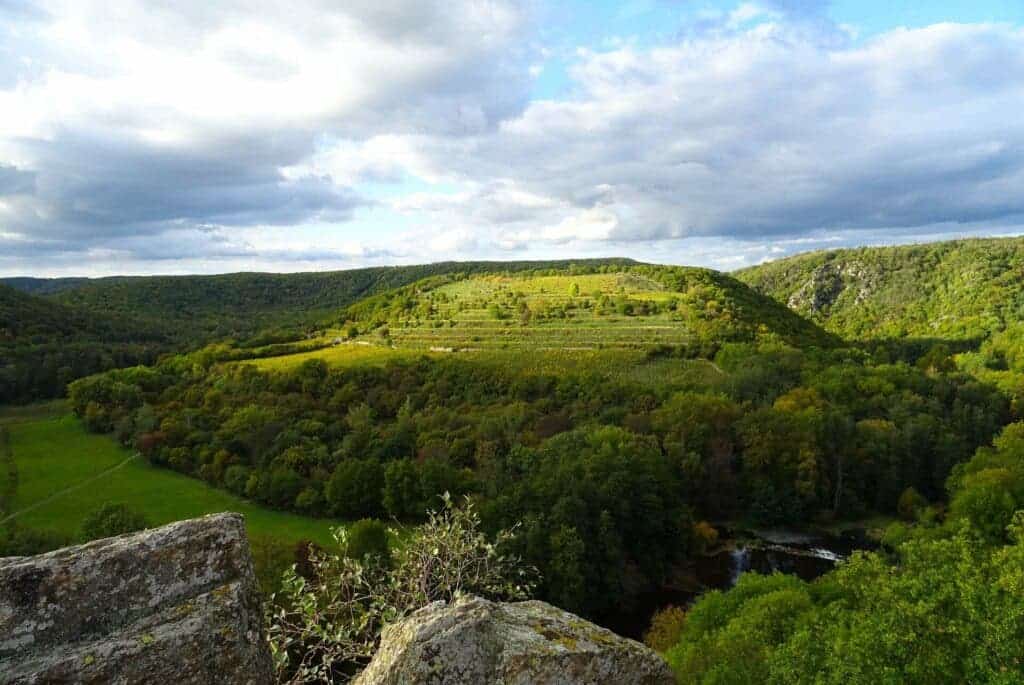Invasive (or ‘alien’) species are living close to most almost all protected areas around the world, according to a new study. This poses important risks for local species, and further measures have to be taken to ensure the protected areas remain safe from invasive species.

Researchers from the Chinese Academy of Science found at least one established population of a non-native species lives within 10 km of the boundaries of 89% of protected areas.
According to the same study, more than 95% of these protected areas environmentally are suitable for the establishment of the invasive species.
“One of the most harmful ways that people are impacting the natural environment is through the introduction of ‘aliens’ – species that do not occur naturally in an area, but have been taken there by human activities,” said in a statement co-author Tim Blackburn. “These species may kill or compete with native species, or destroy habitats.”
Global biodiversity loss is caused by many factors, with alien species being one of the main problems, Blackburn said. It is becoming increasingly common to find invasive species established in new locations — including protected areas, which are highly important for biodiversity conservation and cover 15% of Earth’s surface. A species is considered invasive if is not native to a specific location, and that has a tendency to spread to a degree believed to cause damage to the environment
Backburn and his team looked at 894 terrestrial animal species, ranging from mammals to reptiles, that are known to have established invasive populations somewhere in the world. They evaluated whether the species could be found near to 200,000 protected areas around the world, such as national parks.
Less than 10% of the protected areas are currently home to any of the invasive species surveyed, which suggests a good level of protection. But that doesn’t mean they are safe, as invasive species can be found within 100km of the boundaries of almost all areas. For 89% of them, invasive species are just 10 kilometers from their limits.
The largest proportion of invaded protected areas was colonized by alien birds (252 species), followed by mammals (91 species), invertebrates (63 species), amphibians (48 species), and reptiles (66 species). Some of the most common invasive species are the Rock Dove (Columba livia) and the Ring-necked Pheasant (Phasianus colchicus)
The study also looked at the common factors among the protected areas that are already home to alien species. They found that protected areas tend to have more alien animal species if they have a larger human footprint index, due to factors such as transport links and large human populations nearby.
The larger and more recently established areas tend to have more alien species, according to the study. Meanwhile, older protected areas tend to be in more remote areas, so they are less exposed to human impacts.
“At the moment most protected areas are still free of most animal invaders, but this might not last. Areas readily accessible to large numbers of people are the most vulnerable,” said in a statement Li Yiming, senior author. “We need to increase efforts to monitor and record invasive alien species that people may bring into protected areas.”
The researchers concluded that while invasive species long been discussed as a threat in protected areas, far more action is required to protect these areas. For instance, the researchers suggest implementing routine monitoring of visitors and vehicles entering protected areas.
There is thus an urgent need to integrate efforts from the scientific community, governments, NGOs, landowners and local stakeholders to develop more effective biosecurity strategies to pre-empt potential further invasions in protected areas under ongoing global change, the researches argued.
The study was published in the journal Nature Communications.


